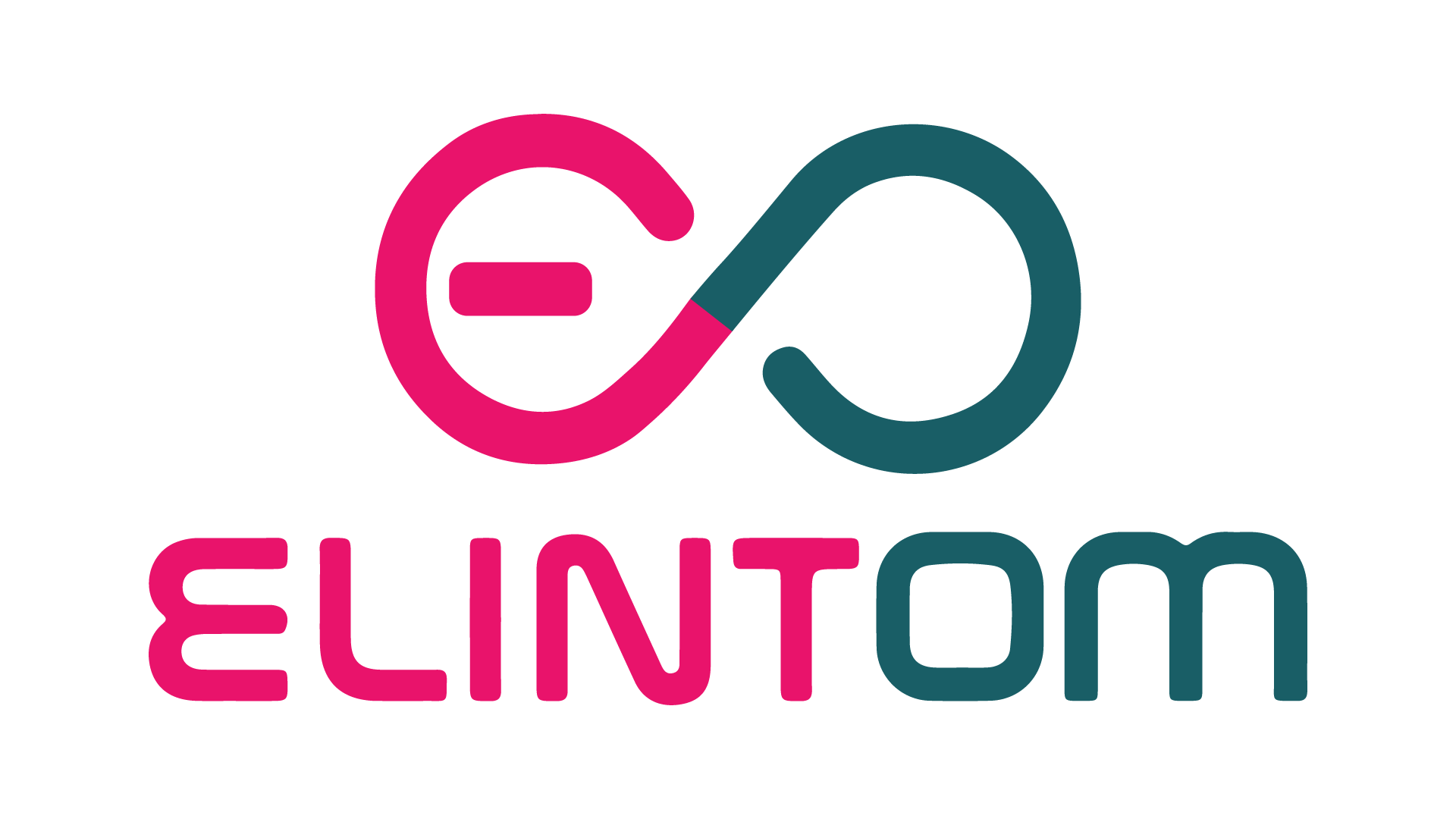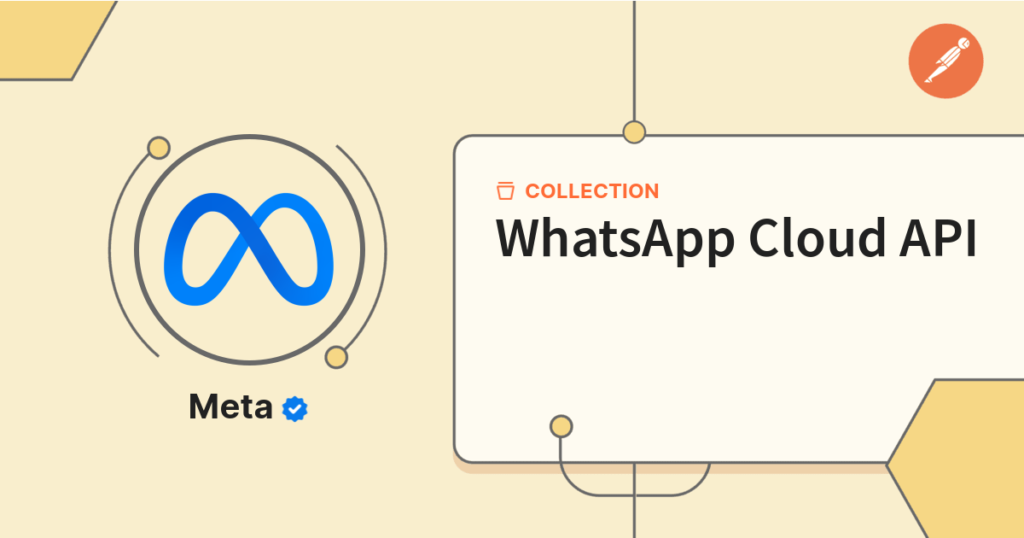WhatsApp Cloud API: How to Send WhatsApp Messages from Python
Introduction
Overview of WhatsApp Cloud API
WhatsApp has introduced its cloud-based API services, enabling developers globally to create custom dashboards and streamline interactions for businesses of all sizes. This development opens up new possibilities for integrating WhatsApp services as a backend API in various applications.
Importance for Developers and Businesses
For developers, this API offers a powerful tool to enhance customer communication and service delivery. Businesses can leverage this to improve user engagement, automate responses, and provide real-time support.
Objective of the Tutorial
This tutorial aims to guide you through the process of setting up and using the WhatsApp Cloud API to send messages from Python. By the end of this guide, you will be able to send text and image messages using a simple Python script.
Setting Up the Environment
Prerequisites
Before diving into the setup, ensure you have the following:
- Python installed on your machine.
- Access to a Facebook Developer account.
Installing Necessary Python Packages
To interact with the WhatsApp API, we need the heyoo package.
For Windows:
pip install --upgrade heyooFor Linux/MAC:
pip3 install --upgrade heyoo
Getting Access Credentials
Creating a Facebook Developer App
- Navigate to Facebook Developer and log in.
- Click on “My Apps” in the top right corner.
- Select “Create App” and choose the type of app suitable for your needs.
Choosing the Right App Type
Select the “Business” type and click “Next”.
Providing Application Information
Fill in the required details such as app name, email ID, and optionally a business account. Click “Create App”.
Confirming App Creation
Re-enter your password for confirmation and press “Submit” to finalize app creation.
Configuring WhatsApp API
Setting Up WhatsApp
Scroll down to the WhatsApp section and click on the “Setup” button.
Retrieving Access Token and Phone Number ID
On the setup page, you will receive the access token and phone number ID. Verify your phone number by entering the OTP received.
Writing the Python Script
Importing the WhatsApp API Package
from heyoo import WhatsAppInitializing the WhatsApp Messenger
messenger = WhatsApp('YOUR_ACCESS_TOKEN', phone_number_id='YOUR_PHONE_NUMBER_ID')Sending Text Messages
messenger.send_message('Hello, I am WhatsApp Cloud API', 'RECIPIENT_PHONE_NUMBER')Sending Images
python
messenger.send_image(
image="https://i.imgur.com/YSJayCb.jpeg",
recipient_id="RECIPIENT_PHONE_NUMBER",
)
Practical Applications
Customer Service Integration
Integrate the WhatsApp API with your customer service systems to provide instant responses and support to customers.
Building Custom Dashboards
Develop custom dashboards that leverage the WhatsApp API to manage and monitor customer interactions efficiently.
AI and Automation
Use the API for AI-driven applications such as sending automated reports and images for anomaly detection in computer vision projects.
Conclusion
Summary of Key Points
This tutorial covered the setup and usage of the WhatsApp Cloud API for sending messages from Python. We explored the steps to create a Facebook Developer app, retrieve access credentials, and write Python scripts for sending text and image messages.
Further Resources
For more detailed information, refer to the Facebook Developer documentation and the Heyoo GitHub repository.
Try out the WhatsApp Cloud API for your projects and explore its potential to enhance your applications.
References
Find all the answers to your confusion
Q: What is the WhatsApp Cloud API?
A: The WhatsApp Cloud API allows developers to integrate WhatsApp messaging capabilities into their applications, enabling automated and scalable communication solutions.
Q: Do I need a Facebook Developer account to use the WhatsApp Cloud API?
A: Yes, you need a Facebook Developer account to create an app and obtain the necessary credentials like the access token and phone number ID.
Q: Can I send multimedia messages using the WhatsApp Cloud API?
A: Yes, you can send various types of messages, including text, images, and more, using the API.
Q: Is the heyoo package the only option for interacting with the WhatsApp API in Python?
A: While heyoo is a popular choice, there are other libraries and methods available for interacting with the WhatsApp API in Python.
Q: How secure is the data sent through the WhatsApp Cloud API?
All data is transmitted through WhatsApp's servers, ensuring it is fast and secure. However, be mindful of the data privacy policies and terms of service.
Ready to integrate WhatsApp into your Business?
Take your customer communication to the next level by implementing the WhatsApp Cloud API. If you have any questions or need further assistance


